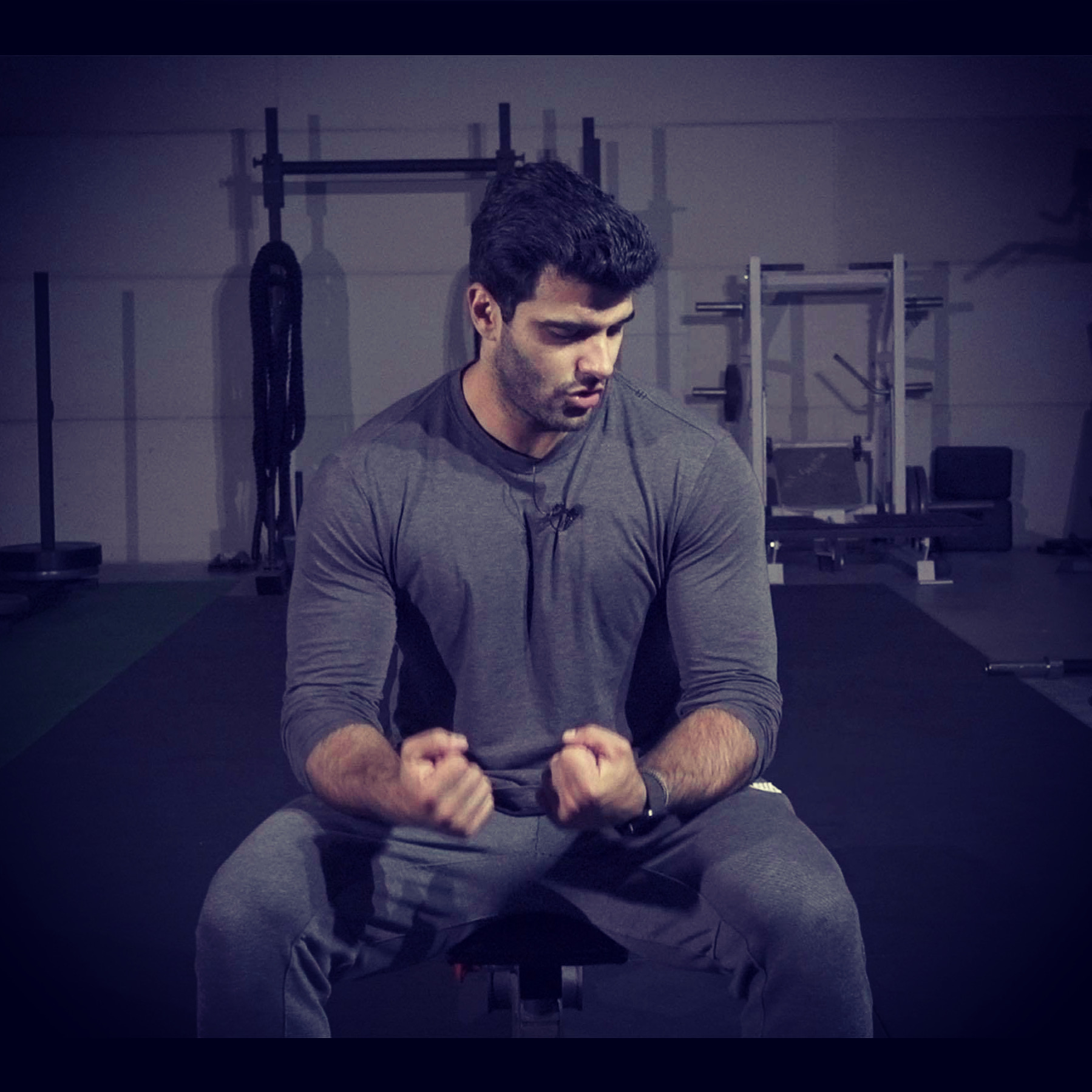Why Movement is More Than Physical
- Richard Aceves

- Apr 14
- 4 min read
Movement is more than just physical activity. It reflects the nervous system, the mind, and behavior. At Moved Academy, we teach coaches to assess, program, and train their clients by looking beyond sets and reps because movement combines tension, intention, and adaptation. Let’s break down the foundational principles that make movement efficient, pain-free, and powerful. This article will explore some key concepts, helping you rethink how the body works and how you can coach more effectively. |
The Body as a UnitMost training methodologies isolate muscles, but the body doesn’t move in isolation. It moves as a system connected through torque chains, breath, and nervous system feedback. Understanding how these elements interact allows coaches to assess movement deficiencies at their core rather than treating symptoms. For example, if a client struggles with knee pain during a squat, many focus on foot position, depth, or tracking. But what if the real issue lies in how they create tension? What if their internal torque chain isn’t firing correctly? We can correct dysfunction at its source by assessing the body as a whole rather than focusing on single muscles or joints. The Role of Breath in Moved AcademyBreathing is a movement pattern, just like squatting or pressing. But beyond delivering oxygen, it controls tension, nervous system regulation, and muscular engagement. We utilize different breathing methods to enhance training:
As a coach, incorporating proper breathwork into training should be crucial to your practice. Breathing and moving will help with performance while mitigating stress and pain. Torque Chains: The Blueprint of Strength and StabilityTorque chains determine how we generate and control force. Internal and external torque aren’t just biomechanical concepts—they dictate how the nervous system stabilizes the body under load.
Training without understanding torque chains is like programming exercises without knowing which muscles are involved. It leads to inefficiencies, plateaus, and increased injury risk. Pain as a Signal, Not a ProblemMost people treat pain like an enemy—something to avoid or suppress. But pain is information. It tells us what’s not working, where tension is lacking, and what needs to be adjusted. Instead of chasing symptoms, we teach coaches to find the core issue and provide a long-term solution for their clients. By identifying tension imbalances, improper torque application, or nervous system dysregulation, we can address the true cause of pain and help clients move with confidence again. Programming with PurposeUnderstanding movement at this level means programming has to evolve. Coaches must assess what their clients need instead of defaulting to standard exercise prescriptions.
Programming isn’t just about writing workouts—it’s about creating an experience that challenges, restores, and builds a positive adaptation to stress. Coaching Beyond the PhysicalAt Moved Academy, we go beyond biomechanics. Movement is physical, mental, and behavioral. You're missing the whole picture if you’re not assessing all three.
By integrating these elements, coaches don’t just teach exercises—they help clients move better in every sense of the word. The Future of CoachingThe fitness industry is filled with quick fixes and surface-level solutions. But real coaching means understanding how movement, breathing, the nervous system, and all other body systems interact. Then, we can genuinely address core issues, create safety, build confidence, and provide performance for our clients. If you’re a coach looking to go deeper—to assess, program, and train at the highest level—join the movement at Moved Academy. The next certification starts May 5th. We also offer ongoing education through our Mentoring Program. For more information, don’t hesitate to reach out. At Moved Academy, we teach coaches to move beyond standard cues and protocols. We show them how to build fundamental strength, confidence, and results for their clients. Are you ready to change the way you see movement? |



Comments